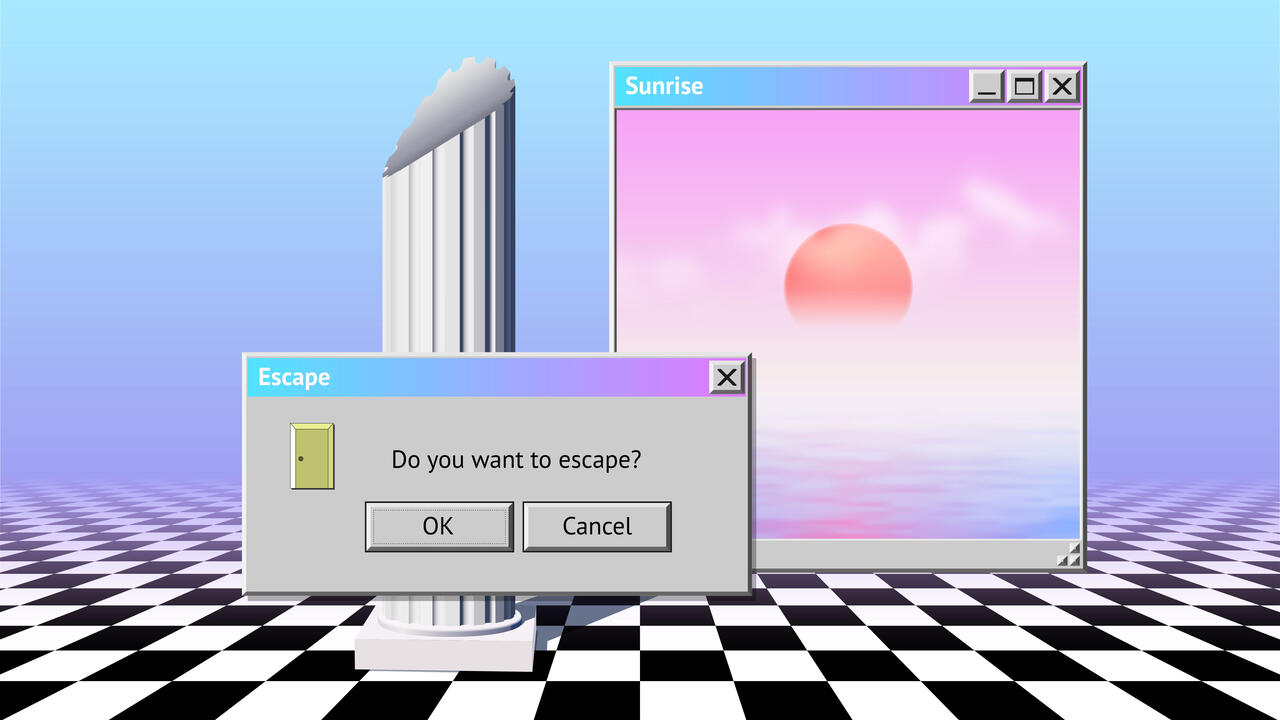How Video Game ‘Blasphemous’ Embraces the Catholic Gothic Tradition
Why are recent blockbuster video games so obsessed with religion?
Why are recent blockbuster video games so obsessed with religion?

In no time at all, the hero of the video game Blasphemous (2019) has cut down a monstrous church warden and, in a cathedral littered with dead bodies, removes his pointed helmet, holds it beneath a gushing wound in the ogre’s side, waits for it to be filled with blood, then calmly places it back on his head.
It’s an effective introduction to the game’s quasi-Catholic iconography, which pulls on imagery of baptism, vampirism, the catching of Christ’s blood at the crucifixion and the drinking of sacramental wine. The game starts as it means to go on, as the hero – The Penitent One – explores the world of Cvstodia, fighting flagellants, collecting rosary beads, unravelling the secrets of a deity known as The Miracle of Greatest Pain.
Blasphemous wears its religious inspirations on its sleeve. Its designers, from Spanish studio The Game Kitchen, looked to the architecture and sculpture of their native Seville. ‘Seville is full of religious images,’ I’m told by Enrique Cabeza, the game’s creative director. ‘We, as a studio, have been influenced by religious art, but here in southern Spain all that religious art is really more popular culture than religion. It’s part of our idiosyncrasy; it’s within our cultural DNA.’

Cabeza also cites the influence of Spanish painters including Bartolomé Esteban Murillo, Francisco Goya, Jusepe de Ribera, Diego Velázquez and Francisco de Zurbarán – in particular, a series of paintings Goya made between 1812 and 1819 that includes A Procession of Flagellants. A sign of public humiliation, the pointed sanbenito hats of the penitents in that painting are much like the thorned helmet worn by Blasphemous’s protagonist, while the artist’s depictions of cruelty and zealotry rebound throughout the game’s grotesque reverie.
Blasphemous draws from the deep well of Catholic gothic – ranging from Matthew Lewis’s Madrid-based novel The Monk (1796) to the action-adventure game Resident Evil 4 (2005), set in a nameless Spanish village and castle – in which the exploits of satanic priests and violent inquisitions have long been the stuff of horror. As a medium that often hinges on spectacle, the video game has become a comfortable home for these tropes. One of Blasphemous’s clearest reference points is the Dark Souls series (2011–16), produced by Japanese studio FromSoftware, in which enormous, European-inspired cathedrals are inhabited by monsters that bring to mind the punished denizens of Gustave Doré’s 1861 illustrations for Dante Alghieri’s Inferno (1320).

But the connection between religious art and video games runs deeper than horror. Crucially, religious spaces are sites of storytelling. Churches, mosques, synagogues, temples: all these buildings relay narrative within their environments, from the Christian stations of the cross to Buddhist prayer wheels. Many of these spaces also invite participation – through interactions involving movement, task, repetition – as well as presenting icons and objects. Dark Souls uses its cathedrals to inspire a feeling of the dizzying sublime, but it is also populated by statues and relics that hint at its obtuse story. The archaeological adventure game Heaven’s Vault (2019), on the other hand, turns this idea towards puzzle-making, tasking the player with deciphering the ancient language etched across its Middle Eastern-inspired temples and tombs.
For some games, this approach isn’t confined to religious buildings. In Nintendo’s The Legend of Zelda: Breath of the Wild (2017), there are religious shrines throughout its freely explorable world. Some encourage players to drop an offering, usually an apple, prompting a korok forest spirit to appear – the game’s take on the kodama of Japanese Shintoism. This is more than a nod to folklore. The idea of divinity manifest in nature that the player must interact with is a driving force in the Zelda games, with its wise trees, dragon spirits and narrative arcs that draw on Shinto and Buddhist ideas of purification and the cyclical rebirth of its hero.

Shigeru Miyamoto, the original creator of The Legend of Zelda, has spoken about the influence of growing up near Kyoto and getting lost while exploring the woods, shrines and lakes of the surrounding countryside. Cabeza similarly speaks about Blasphemous in terms of Seville – a city where, even today, some people wear the pointed hats of the flagellants during Holy Week. Religious art and architecture are woven into these places, as they are in much of civilization. The rituals, tasks and stories of participation and progression, of mysteries and resolutions, create an alignment between the game world and the real world; it’s no wonder designers look to them for inspiration.
Main image: Blasphemous, 2019. Courtesy: The Game Kitchen





















